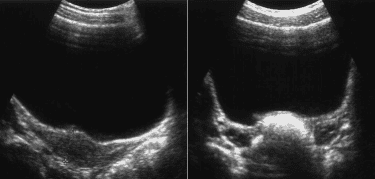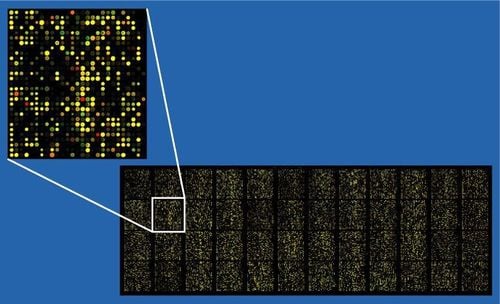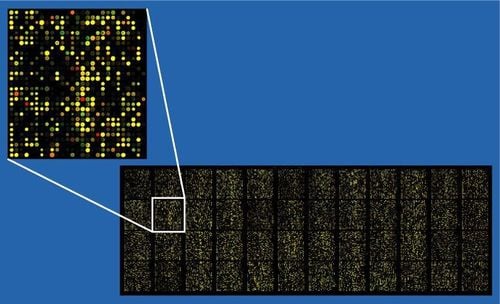This is an automatically translated article.
The article was written by Bui Thi Phuong Hoa - Genetic consultant doctor - Vinmec Hi-tech Center.Thanks to the explosion of science and technology and applications in medicine, prenatal diagnostic testing methods are more and more complete and modern applied to women with fetuses with birth defects. The most commonly used prenatal samples are chorionic villus biopsies (12-13 weeks) or amniotic fluid (16-17 weeks).
1. Introduction of new generation gene sequencing technology
Previously, the classical G-bang chromosomal formula method was applied with the limitation of analyzing only abnormalities in chromosome number or large chromosome structure (7-10Mb), the ratio of diagnose about 5-6%. With the application of microarray technique, the abnormal detection rate increases by about 6%.
Currently, attention is being focused on next-generation sequencing technology, especially exome sequencing (coding regions of the genome), which increases the rate of genetic abnormality detection before generated in cases where microarray techniques are not detectable. Sequence alterations on the exome cause the majority of single-gene genetic disorders.
2. Limits of the test

Thực hiện thủ thuật xâm lấn với thai sẽ gây ra nguy cơ nhiễm trùng ối
Although the technical feasibility is high, the need to perform invasive procedures with the fetus will cause risks: miscarriage, amniotic infection,...
Big challenge in the analysis process and interpretation of the results: in fact, when analyzing protein-coding regions of the genome, only about 20% of genes with loss of function have evidence to affect the human pathological phenotype, and this rate decreased significantly on prenatal phenotype, due to limited examination with the fetus (mainly based on ultrasound and some screening methods, supporting imaging).
Many genes important for human development have not been elucidated and the cause of birth defects or recurrent miscarriages is unknown, so the risk for subsequent pregnancies is ambiguous.
3. Variation classification
When a variant is found on sequencing results, according to the American Society of Genetics (ACMG) guidelines, it is classified into 5 categories as follows:
Pathology: This variant contributes directly to development disease progression. Some pathological variants may not manifest completely. In the case of recessive or X-linked inheritance, a single pathological variant may not be sufficient to cause the disease on its own. No further proof is required. Pathological Possibility: There is a high probability (approximately more than 90%) that this variant causes disease. There may be more evidence to support it, but the odds are low to the contrary. Clinical significance unknown: There is not enough information at this time to support a more accurate analysis. Potentially benign: This variation is not expected to have a major effect on disease, but there is not enough conclusive evidence. However, the possibility that new evidence suggests that this variant may contribute to disease cannot be ruled out. Benign: Non-pathogenic variant Vinmec International General Hospital is one of the hospitals that not only ensures professional quality with a team of leading medical doctors, modern equipment and technology, but also famous with comprehensive and professional medical examination, consultation and treatment services; civilized, polite, safe and sterile medical examination and treatment space. Customers when choosing to perform tests here can be completely assured of the accuracy of test results.
Please dial HOTLINE for more information or register for an appointment HERE. Download MyVinmec app to make appointments faster and to manage your bookings easily.













